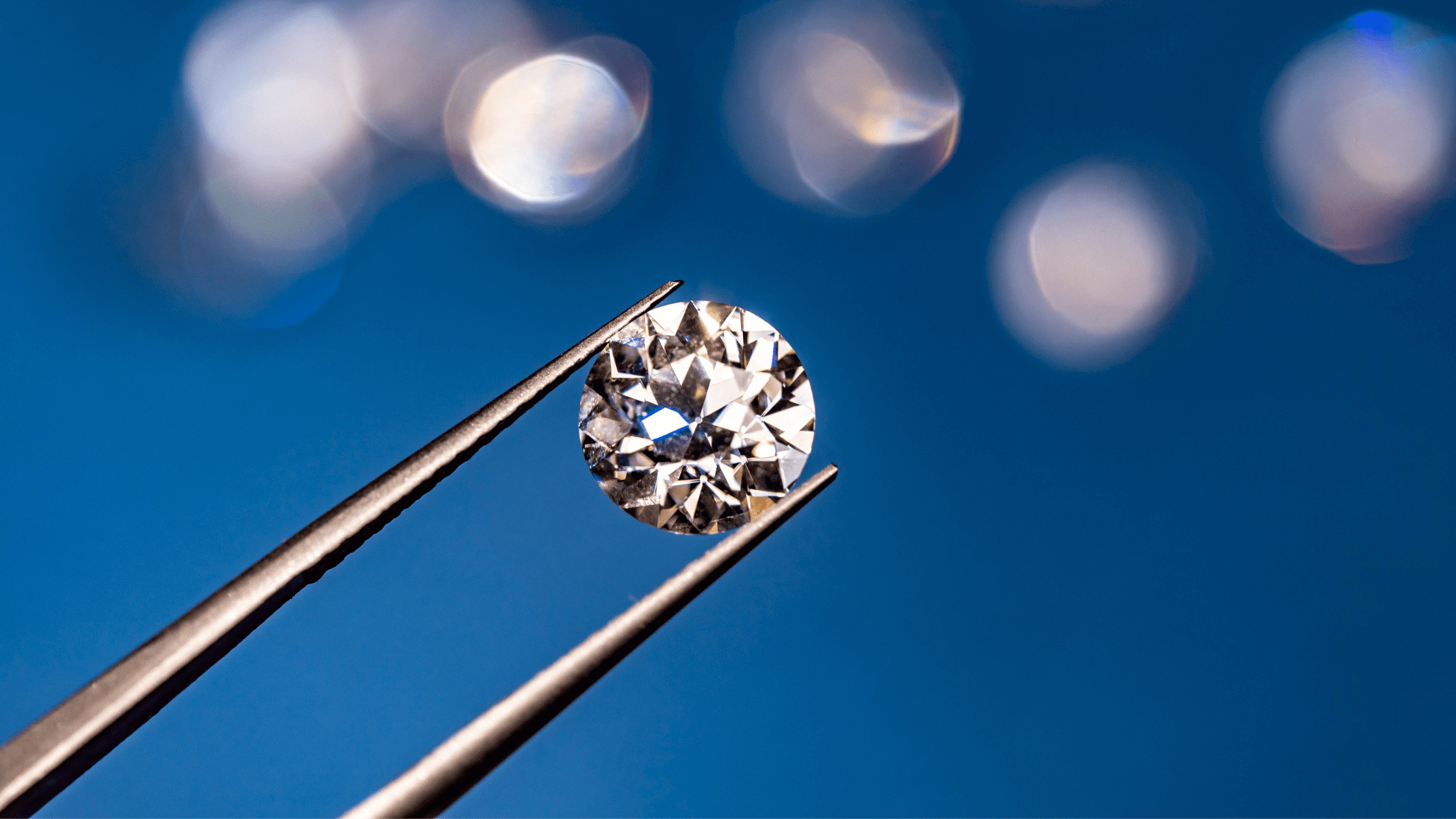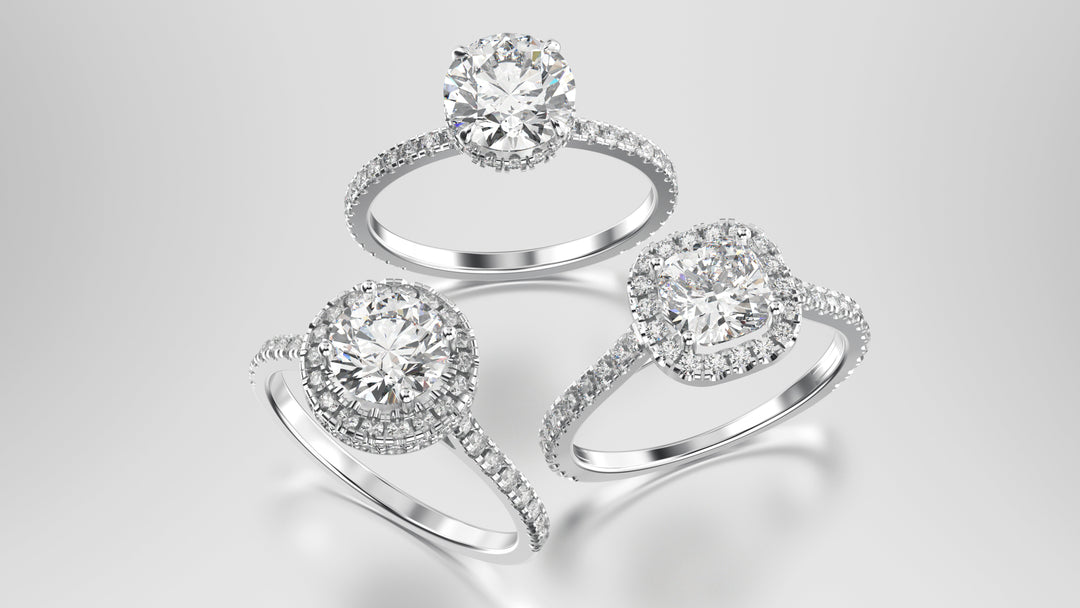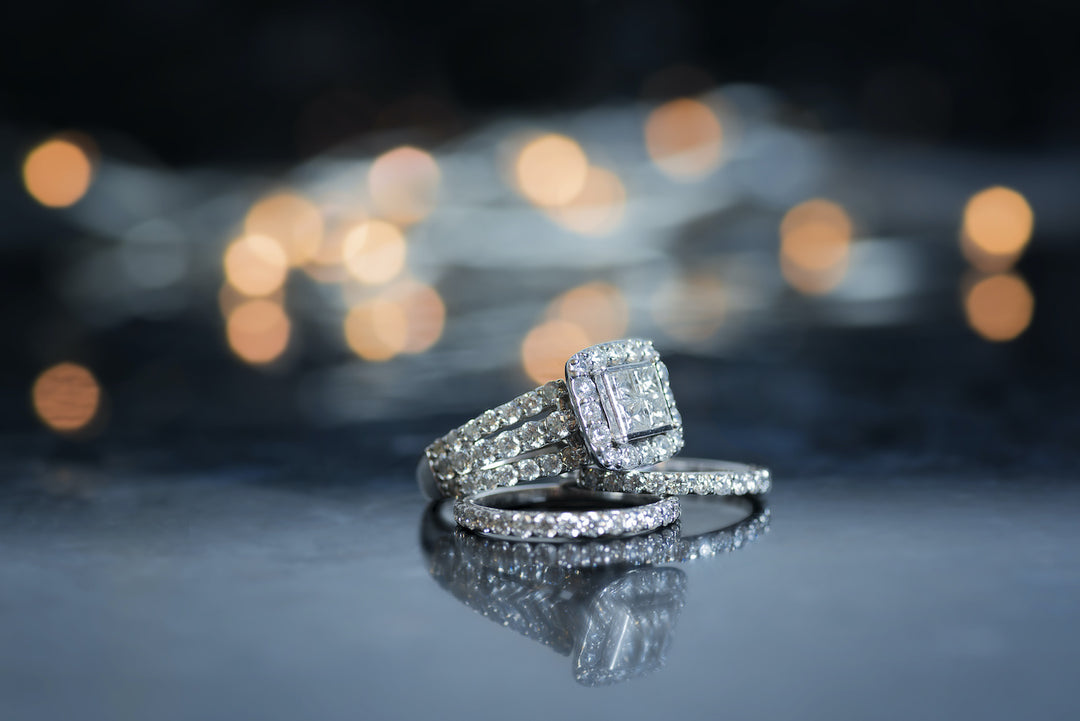Typically, when discussing diamond color, one is referring to the industry standard scale set by the Gemological Institute of America (GIA) to determine the clarity, hue, and color of a white diamond.
How Does The GIA Color Scale Work?
The GIA scale begins at D, which is the grade given to absolutely colorless and transparent diamonds, then goes up accordingly. If a stone were to receive a rating of K, that would mean it is a mostly white diamond with a yellow-colored tinge to it. After K, diamonds graded L and above are generally considered to be yellow or brown in tone.
Are Colorless Diamonds Rare?
Yes—the more colorless a diamond is, the rarer it is considered. The icy clarity of diamonds graded D-F makes them some of the rarest in the world, so they typically fetch a higher price accordingly.
Diamonds in the G-J range are typically regarded as a great value since they are mostly colorless to the naked eye but not nearly as rare and expensive as more D-F diamonds. K-color diamonds are often recommended for those who don’t mind a yellow tint to their diamond or who are looking to keep their purchase budget-conscious.
One trick for making a grade K diamond look nice? Pair it with yellow gold.
What About Colored Diamonds?
In addition to the scale of color in white diamonds, there are numerous chemical elements that when present in a diamond will naturally affect its color. For instance, when boron morphs the crystal lattice structure of a diamond, the diamond will typically turn blue, but if hydrogen does so, the stone will turn purple. Black diamonds form when graphite or other dark chemicals make their way into the diamond structure through fractions or inclusions, while brown and yellow diamonds are typically nitrogen rich.
Have more specific questions about how to find the right stone for you? Contact us at Wm. Harold & Sons Jewelry today.





